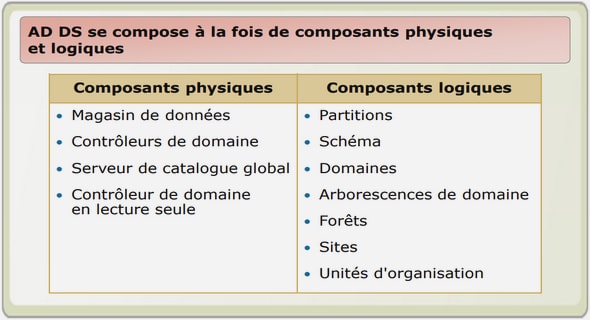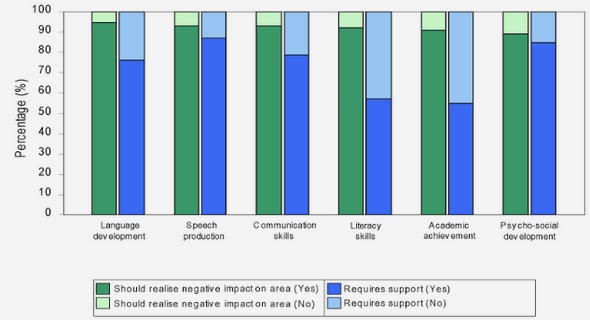Get Complete Project Material File(s) Now! »
Process/system
A process is a collection of linked activities that transform some kind of input to some kind of output (Bergman & Klefsjö, 2007) and it can be referred to all activities in a company (Besterfield et al. 1999). Inputs can for example be information or material and outputs the product or service you want to produce. The goal of the process is in the end to satisfy the customer and at the same time perform the process as efficient as possible (Bergman & Klefsjö, 2007).
There are three different kinds of processes:
Main processes – Their task is to satisfy the external customer needs and create value for the customer. For example product development, production processes, and distribution processes.
Support processes – Their task is to provide resources to the main processes. This kind of process has internal customers as for example recruitment and information processes.
Management process – Their task is to take decisions regarding the goals and strategy of the organization. It should also improve the other processes in the organization.
Ho (1999) focus on that it is beneficial to incorporate a quality management system. TQM relies on this and such a system can facilitate that preventive measures are taken and that the culture of continuous improvement exist in order for processes to provide quality to products and services. An example of this is ISO 9000. Which is a system that can be adapted to any organization, but there is also systems that are developed to a particular in-dustry (Besterfield et al 1999).
Decisions based on facts
Quality requires actions and attitudes based on competence which is based on knowledge. In order to perform a good job you need to be competent to do it, and that kind of people make sure they m et the requirements (Ho, 1999). Therefore it is important to base decisions on facts that are well supported. In order to do this you have to know about variation and have the ability to retain the root causes from temporary stuff. In order to do this you need facts to analyze and you need to be able to obtain and structure this. Decisions based on facts are important in for example market decision and production. In order to satisfy the customer you need information about needs and expectations. Otherwise you might develop products that no one wants and in that case not based your decisions on facts. In production there a lot of measuring has been done. The information though has often been unused instead of been used to find variation in the processes, such as variation that makes up for bad quality (Bergman & Klefsjö 2007).
Customer focus
Satisfying customers means to meet the customer requirements and to have customer satisfaction.
Customer requirements can be factors like availability and delivery. In order to uphold quality you then have to be aware of the requirements and strive to hold them. It is equally important to keep internal customers satisfied. This will assure that quality is put in every step of the business and will in the end decide whether the external customer will be satisfied. (Ho, 1999)
Customer requirements can be conceptualized by the Kano model which includes three areas of customer satisfaction. Explicit requirements are represented by the diagonal line and are easy to identify, they often relate to performance. Innovation is represented by the curved line, upper left corner, this is ideas that excite the customer and after that become Figure 2-3: The Kano model (Besterfield et al. 1999) expected. The second curve, lower right area, is the most significant area and is the un-stated requirements that are expected but hard to define (Besterfield et al. 1999).
People in the organization
It is important to get everyone in the organization involved and think quality. Things as management commitment, training, leadership and empowerment have a crucial role in a quality environment and in order to adopt TQM in a business you have to rely heavily on people. They are the driving force behind total quality and were it all starts (Ho, 1999).
Leadership is the most important factor in order to create a culture working toward total quality. Leadership has to create a feeling of comfort in the employees and be proud of what they do. It is about giving out self esteem and feel appreciation. Workers will be committed to quality to the extent that management is. If there is not a decision to train workers they will not be able to produce the according to customer requirement. It is es-sential for workers to be able to participate and feel that they can affect decisions and join in on the quality work. A person that is provided with the ability to do a good job and is premiered or it will also engage and contribute to improved quality. The ones in charge must therefore support and stimulate the development of these kinds of skills (Bergman & Klefsjö, 2007).
1 Introduction
1.1 Background
1.2 Problem definition
1.3 Purpose
1.4 Research questions
1.5 Delimitations
1.6 Outline of thesis
2 Frame of reference
2.1 Quality Management
2.2 Defining Total Quality Management
2.3 Core values of TQM
2.4 Dimensions of TQM
2.5 TQM on a global scale
2.6 Six Sigma
2.7 Lean Production
2.7.1 Critical factors of Lean Production
2.8 Differences and similarities between TQM, Six Sigma and Lean Production
2.9 Defining culture
2.10 Summary
3 Methodology
3.1 Research strategy
3.2 The case study
3.3 Data types
3.4 Approach to theory
3.5 Choice of theory
3.6 Case study design
3.7 Data collection
3.8 Secondary data
3.9 Access
3.10 Data analysis
3.11 Research limitation
3.12 Truth criteria
4 Empirical study
4.1 Background
4.2 Volvo Trucks
4.3 Volvo Production System
4.4 The Volvo Way
4.5 Cultural impacts
5 Analysis
5.1 Volvo Trucks and international quality management
5.2 Differences reflected to national culture dimensions
6 Conclusions
List of references
GET THE COMPLETE PROJECT
Cultural issues in Quality Management and Continuous Improvement: A case study of Volvo Trucks


